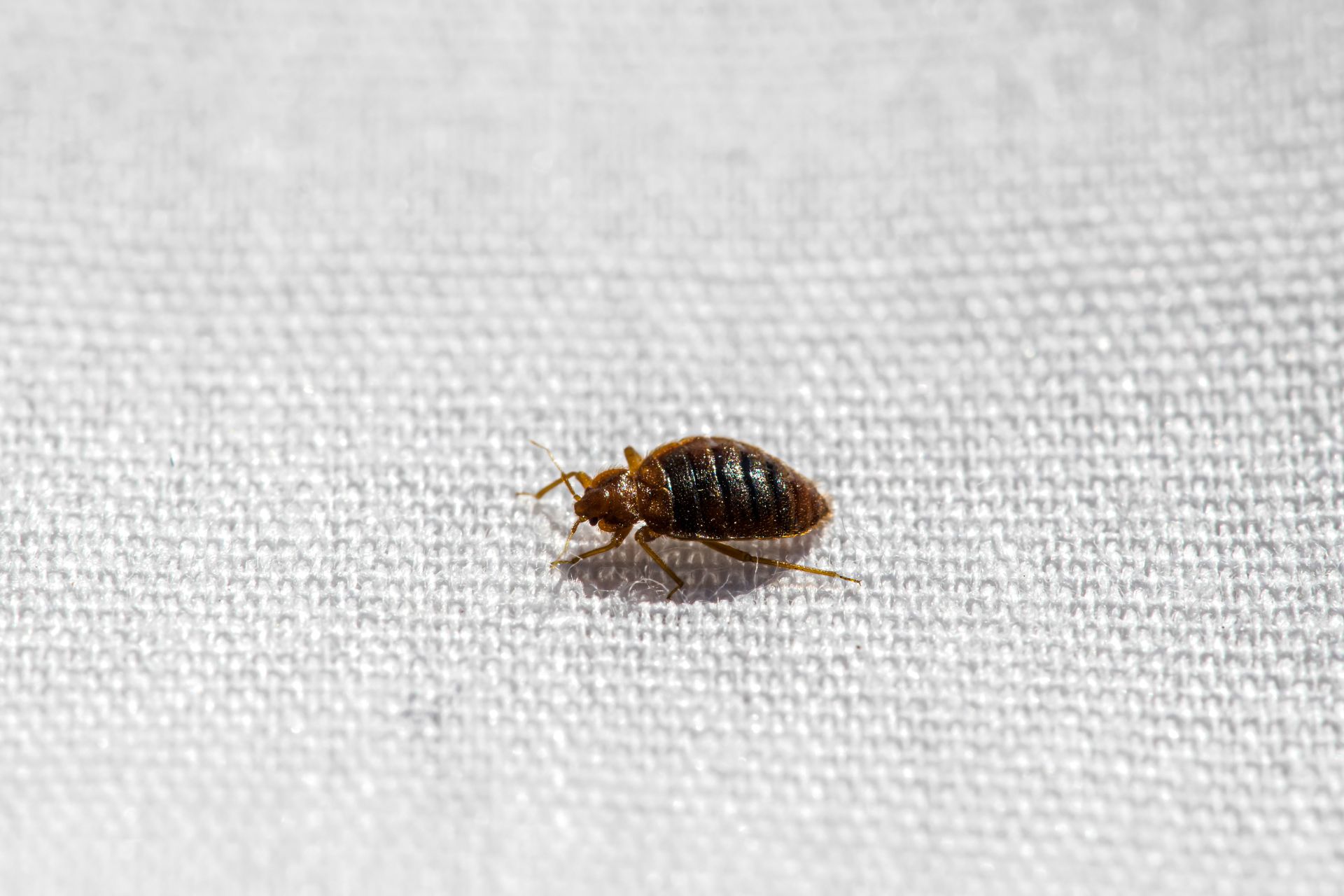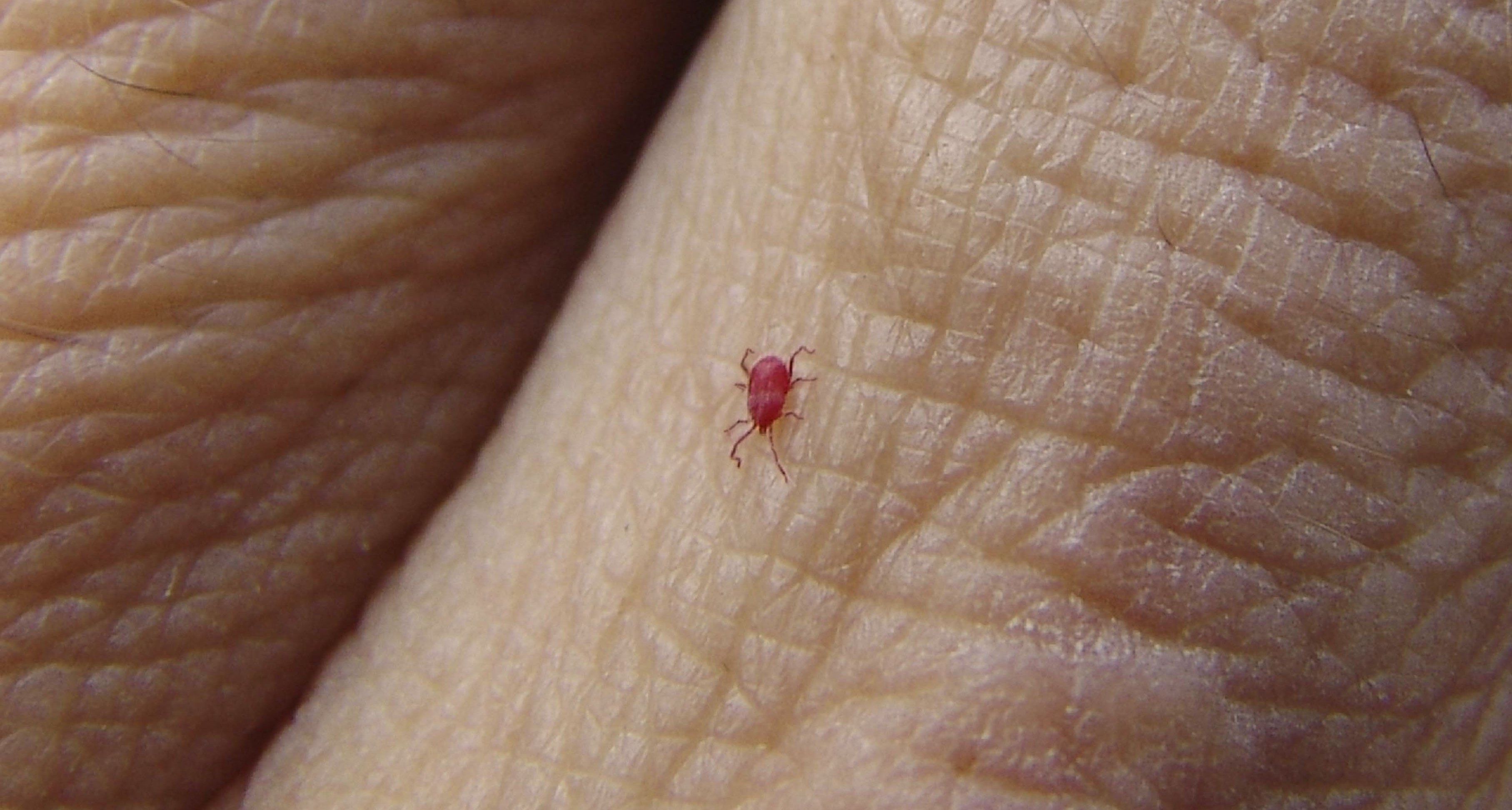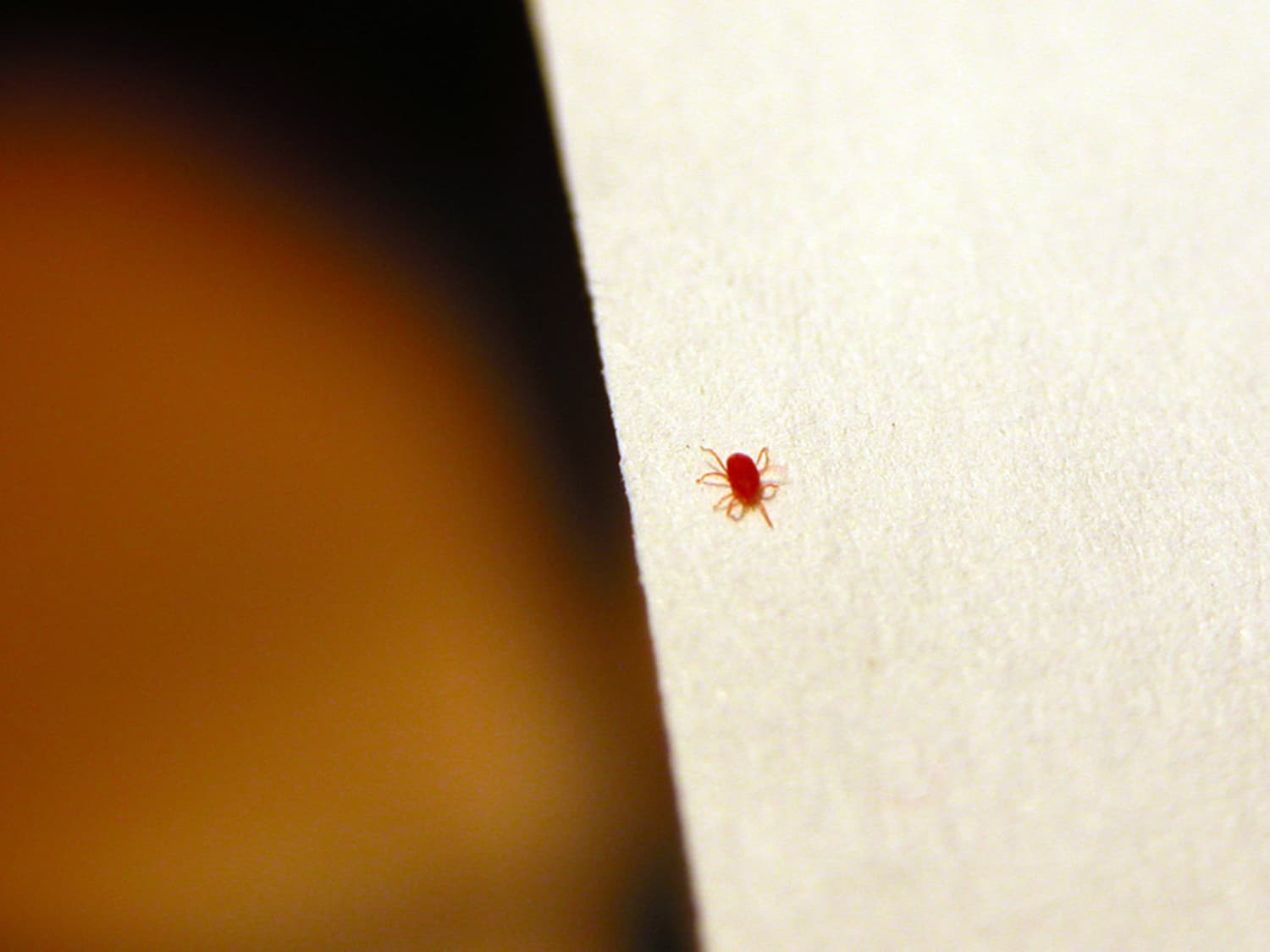Identifying the Tiny Red Bugs
Tiny red bugs in the bathroom can be a source of concern and discomfort. These bugs are often difficult to identify, but understanding their characteristics and habits can help you determine the type of bug you’re dealing with and how to get rid of them.
Identifying the Tiny Red Bugs
To effectively identify the tiny red bugs in your bathroom, it’s crucial to observe their appearance, behavior, and location. This information will help you narrow down the possibilities and determine the most appropriate course of action.
- Size and Shape: The first step is to carefully observe the size and shape of the bugs. Are they round, oval, or elongated? Are they flat or have a more three-dimensional shape? Knowing their size and shape can help you differentiate between various types of bugs.
- Color: While the bugs are described as red, it’s important to note the specific shade of red. Are they a bright red, a dull red, or a reddish-brown? The color can also provide clues about the type of bug.
- Movement Patterns: How do the bugs move? Do they crawl, jump, or fly? Their movement patterns can help distinguish between different types of bugs. For instance, some bugs might be fast-moving while others might be slow and deliberate.
- Distinctive Features: Look for any distinctive features that might help you identify the bugs. Do they have antennae, legs, wings, or any other unique characteristics? For example, some bugs might have a distinct pattern on their bodies or a specific type of mouthpart.
- Location: Where did you find the bugs in your bathroom? Are they on the walls, floor, sink, bathtub, or in other areas? The location of the bugs can provide insights into their habitat preferences and potential sources of food.
- Activity Time: Are the bugs active during the day or night? Some bugs are more active during specific times of the day, which can help you narrow down the possibilities.
Possible Culprits

Tiny red bugs in your bathroom can be a source of worry and discomfort. Identifying the specific culprit is crucial to determine the appropriate course of action to eliminate the infestation. While the sight of these bugs can be alarming, it’s important to remember that not all of them pose a serious health risk. This section will delve into the common types of tiny red bugs found in bathrooms, their characteristics, and the potential health risks they might present.
Common Types of Tiny Red Bugs in Bathrooms
A variety of tiny red bugs can find their way into bathrooms, each with its own distinct features and potential health implications. To help you identify the specific type of bug you’re dealing with, here’s a table summarizing the characteristics of some common culprits:
| Bug Name | Size | Appearance | Typical Habitat |
|---|---|---|---|
| Carpet Beetle Larvae | 1/16 to 1/4 inch | Reddish-brown, oval-shaped, covered in hair | Carpets, rugs, upholstery, and other fabric items |
| Booklice | 1/16 inch | Pale brown or grayish, elongated, with long antennae | Books, paper, and other organic materials |
| Dust Mites | Less than 1/50 inch | Microscopic, white or cream-colored, with eight legs | Dust, bedding, carpets, and other household items |
| Chiggers | Microscopic | Reddish-orange, with six legs | Grass, weeds, and other vegetation |
Potential Health Risks Associated with Tiny Red Bugs
While some tiny red bugs are merely a nuisance, others can pose health risks. Here’s a breakdown of the potential health concerns associated with each type of bug listed above:
* Carpet Beetle Larvae: These larvae can cause allergic reactions in some people, leading to skin rashes, itching, and respiratory problems. They are also known to damage fabrics, especially wool and silk.
* Booklice: While not known to bite or transmit diseases, booklice can cause allergic reactions in sensitive individuals. They can also damage books, paper, and other organic materials.
* Dust Mites: These microscopic creatures are a common allergen, triggering asthma, eczema, and other respiratory problems. Their droppings and shed skins are the primary culprits.
* Chiggers: These tiny mites are known to bite humans, injecting saliva that causes intense itching and red bumps. In some cases, chigger bites can lead to secondary infections.
Potential Sources of Infestation
The presence of tiny red bugs in your bathroom is often a sign of a larger infestation elsewhere in your home. Understanding the potential sources of infestation can help you address the root cause and prevent future outbreaks.
Possible Entry Points for Bugs in the Bathroom
* Windows and Doors: Gaps around windows and doors can provide entry points for bugs.
* Ventilation System: Bathroom ventilation systems can serve as a pathway for bugs to enter.
* Plumbing: Cracks and openings in plumbing fixtures can provide access for bugs.
* Drains: Bathroom drains can be a breeding ground for some types of bugs.
* Cracks and Gaps in Walls: Small cracks and gaps in walls and floors can allow bugs to enter.
Flowchart Illustrating the Potential Pathways for Bugs to Reach the Bathroom
[Note: While I can’t provide an actual image, here’s a textual description of a flowchart illustrating the potential pathways for bugs to reach the bathroom. It would start with a box labeled “Source of Infestation” (e.g., carpet, bedding, etc.). From there, arrows would branch out to different entry points (e.g., windows, doors, ventilation system, plumbing, cracks in walls). Each entry point would then lead to a final box labeled “Bathroom.” This flowchart would visually represent the various routes bugs can take to reach your bathroom.]
Prevention and Control: Very Tiny Red Bugs In Bathroom

Preventing and controlling tiny red bugs in your bathroom requires a multi-pronged approach that focuses on eliminating existing bugs, preventing future infestations, and maintaining a clean and bug-free environment. This involves a combination of effective cleaning practices, sealing entry points, and employing appropriate pest control methods.
Cleaning and Hygiene Practices
Regular cleaning and maintaining good hygiene are crucial in preventing and controlling tiny red bugs. This includes:
- Regular cleaning: Thoroughly clean your bathroom regularly, paying special attention to areas where moisture accumulates, such as around the sink, bathtub, and toilet. Use a disinfectant cleaner to kill any lingering bugs or eggs.
- Cleaning supplies: Utilize cleaning products specifically designed for killing bugs, such as those containing bleach or other disinfectants.
- Laundry: Wash all towels, washcloths, and bath mats in hot water and dry them on high heat to kill any bugs or eggs that may be present.
- Ventilation: Ensure adequate ventilation in your bathroom to prevent moisture buildup, which can attract bugs.
- Storage: Store personal care items, such as toiletries, in airtight containers to prevent bugs from accessing them.
- Food storage: Keep food items stored in airtight containers to prevent bugs from being attracted to food crumbs or spills.
Sealing Entry Points
Tiny red bugs can enter your bathroom through cracks and crevices, so sealing these entry points is essential. This includes:
- Caulking: Seal cracks and crevices around the bathtub, sink, and toilet using a high-quality caulk.
- Weather stripping: Install weather stripping around doors and windows to prevent bugs from entering.
- Screens: Ensure that window screens are intact and properly fitted to prevent bugs from entering.
- Vents: Check vents and make sure they are properly sealed to prevent bugs from entering.
Eliminating the Infestation
Once you have identified the specific type of tiny red bug infesting your bathroom, you can choose the most effective method for eliminating them.
Natural Remedies, Very tiny red bugs in bathroom
Natural remedies can be an effective and safe way to eliminate tiny red bugs, especially if the infestation is small.
- Diatomaceous earth: This naturally occurring powder is made from fossilized diatoms and is effective in killing bugs by dehydrating them. Sprinkle diatomaceous earth around areas where bugs are seen, such as around the baseboards and under the sink.
- Essential oils: Certain essential oils, such as peppermint and tea tree oil, have insecticidal properties. Dilute a few drops of essential oil in water and spray it around areas where bugs are seen.
- Vinegar: Vinegar is a natural disinfectant that can help kill bugs. Mix equal parts vinegar and water in a spray bottle and spray it around areas where bugs are seen.
- Borax: Borax is a natural mineral that can be used to kill bugs. Sprinkle borax around areas where bugs are seen, but be cautious as it can be toxic to pets and children.
Commercial Pesticides
Commercial pesticides are a more aggressive approach to eliminating tiny red bugs.
- Sprays: Insecticide sprays are readily available at most hardware stores and can be effective in killing bugs.
- Dusts: Insecticide dusts can be used in areas where bugs are seen, such as under the sink or behind the toilet.
- Foggers: Foggers release a fine mist of insecticide that can kill bugs in a large area.
- Baits: Insecticide baits can be placed in areas where bugs are seen and will attract and kill them.
Professional Pest Control Services
If the infestation is severe or you are unable to control the bugs yourself, it is best to contact a professional pest control service.
- Expertise: Professional pest control services have the expertise and equipment to identify the specific type of bug and develop a customized treatment plan.
- Safety: Professional pest control services use safe and effective methods to eliminate bugs and protect your family and pets.
- Long-term solutions: Professional pest control services can provide long-term solutions to prevent future infestations.

